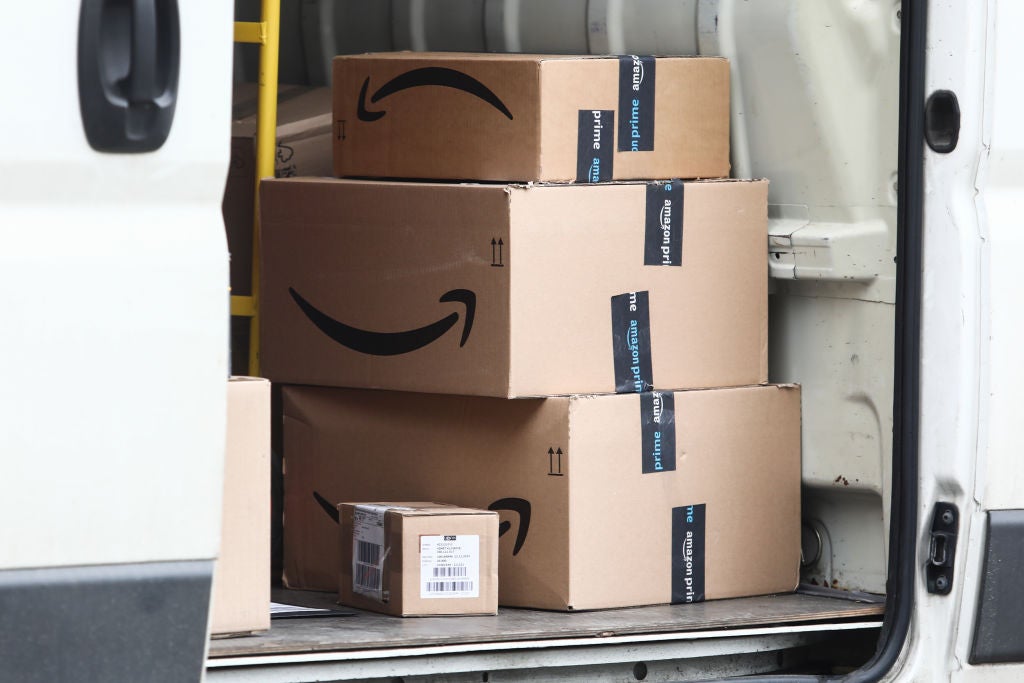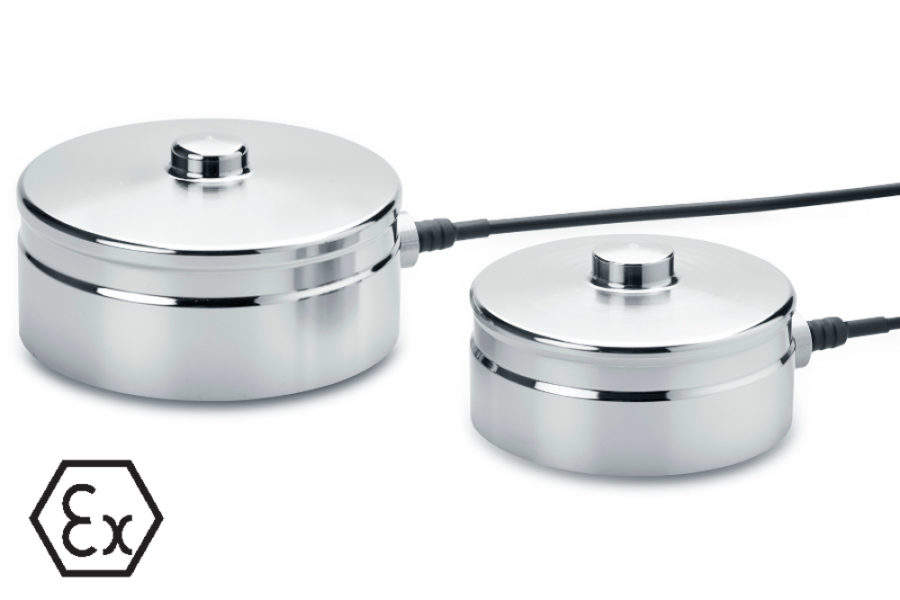
Covid-19 caused overall greenfield foreign direct investment (FDI) project numbers to decline in 2020, although, as the world reopened in 2021, investors reacted quickly and FDI levels rose again. The consumer-goods sector saw FDI rebound but geopolitical and economic pressures mean investment is likely to fall again in 2022.
The pandemic meant FDI projects declined by 17.5% overall in 2020. However, in 2021, FDI levels rose by 18.1%, according to the Global FDI Annual Report 2022, produced by GlobalData and Just Food sister site Investment Monitor.
Most sectors witnessed a rise in their number of projects, with companies keen to make up for lost time, yet the rise is not expected to be sustained, with investment levels likely to fall again in 2022. Russia’s invasion of Ukraine has led to heightened geopolitical tensions, a global cost of living crisis, slow economic growth and continued supply chain disruptions, all of which will claw back the resurgence FDI experienced in 2021.
Consumer goods FDI rose in 2021
When it comes to greenfield consumer goods, the Global FDI Annual Report shows there were 443 new FDI projects in 2021. This represents a healthy 19.7% growth from 2020, when a total of 370 new projects came in. Consumer goods was one of the sectors to suffer the least in 2020, with projects seeing a mild growth from a total of 367 in 2019.
Throughout the three-year period between 2019 and 2021, new projects have had the lion’s share of the total as opposed to expansion projects, another testament to the resilience of consumer goods FDI during the pandemic.
In 2021, new projects numbered 323, or 73% of the total. The trend was in line with previous years when new projects were 289, versus 78 expansions in 2019, and 295 versus 75 in 2020.
Where are the leading destinations for consumer goods FDI?
Western Europe maintained its position as the leading destination for consumer goods FDI throughout the three-year period, having attracted a total of 213 projects in 2021, nearly half of the global total. Projects in the region grew steadily throughout the period, going from 159 in 2019 to 182 in 2020.
Asia-Pacific kept its second position throughout the three-year period, but unlike Europe, it suffered a strong hit during the pandemic.
In 2021, it attracted 105 projects, a healthy 106% growth from the 51 projects attracted in 2020 and higher than the 86 projects brought in in 2019. Western Europe and Asia-Pacific together attracted 71% of the sector’s FDI projects globally.
The central and eastern Europe and Commonwealth of Independent States region, which retained its position in third throughout the period, followed by some distance with a total of 34 projects in 2021.
Consumer goods FDI projects in the Americas followed an unusual pattern compared with other regions. North America, which came in fourth with 33 projects in 2021, saw a 72% jump in 2020, going from 25 projects in 2019 to 43 in 2020. South America had a similar experience, albeit from a smaller base. It attracted 11 projects in 2019, 21 in 2020 and 13 in 2021.
The Middle East and North Africa region had a strong 250% growth in 2021, having attracted 28 projects versus only eight in 2020.
At country level, Germany kept its leading position despite witnessing a drop in consumer goods FDI projects in 2021. The country attracted 66 projects in 2021, down from 73 in 2020 and 72 in 2019.
According to our database, however, the true winner of 2021 for consumer goods FDI attraction seems to be India, which brought in 52 projects versus 24 in 2020 and 22 in 2019.
Although on a much smaller scale, Japan also had a very positive year for consumer goods FDI in 2021, having attracted 14 projects versus only one in 2020 and two in 2019.
Canada was the only country of the top ten destinations to see a considerable drop in consumer goods FDI in 2021, attracting 15 projects, nearly 35% less than in 2020. Other than that, positive trends in 2021 can be seen across the top ten, except for Germany (-9.6%) and the US (-10%).
What are the top consumer goods FDI operations?
Consumer goods FDI with a logistics and warehousing function was the most popular function in 2021 with 220 projects, nearly half of the total. FDI projects with this function have grown throughout the three-year period since 2019, going from 127, to 176 in 2020 and 220 in 2021.
In 2021, projects kept growing pretty steadily across all types of consumer goods functions, with two minor exceptions. One was in contact centres, with projects having gone from four in 2019, to three in 2020, to only one in 2021. The other was a very minor dip in sales, administration and marketing, which attracted 125 projects in 2021 versus 126 in 2020.
The strongest performance of consumer goods FDI by operation in 2021 was in research and development, which attracted 12 projects versus five in 2020.
Where are the leading consumer goods investors located?
Companies headquartered in the US continued to be the main source of consumer goods FDI globally in 2021, financing 237 projects, more than half of the global total. When it comes to consumer goods, the US has consistently dominated the FDI scene as a source, having contributed to significantly more projects than any other country since 2019.
France, which came in second in 2021, was the source of 23 projects, less than one-tenth compared with the US. It was followed by China and the UK, which were both the source of 20 projects in 2021.
Company-wise, Amazon dominated consumer goods FDI activity in 2021, as it did in 2020 and 2019. In 2021, it attracted 181 projects. Quite predictably in a time of lockdowns like that brought about by the pandemic, the e-commerce giant largely benefitted and increased exposure to the sector by 62% in 2020, financing 110 projects versus 68 the year before.
To appreciate the scale of Amazon’s dominant position in this space, Walmart came in second position with 14 projects in 2021.
Consumer goods has been one of the most resilient FDI industries throughout the Covid-19 pandemic period. However, as inflation keeps rising and the Western world fears widespread recession, consumer goods might be in for less encouraging times in 2022 and beyond.



